‘Liveable neighbourhoods’ have caused uproar in east Bristol. How will they fare south of the river?
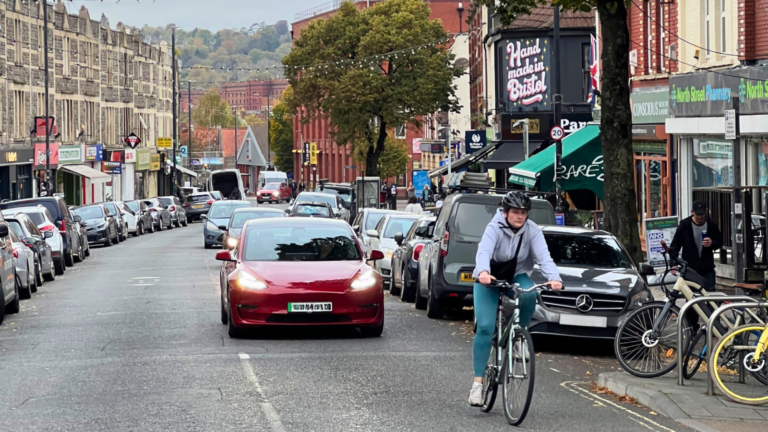
It’s late afternoon at the western end of North Street, and the autumn light is beginning to fade as traffic picks up.
Down narrow streets pointing towards Coronation Road, white vans squeeze between rows of parked cars as parents walk hand-in-hand with kids they’ve just picked up.
Across the main drag, where even tighter roads lead into the Chessels neighbourhood and to Ashton Gate stadium, many more cars line the kerbs. It’s likely plenty of them are taking advantage of the lack of a residents’ parking zone (RPZ) – which covers much of the area north of here, extending east for a kilometre and barring outsiders from leaving their vehicles.
Despite the bike racks outside North Street’s cafés, there’s a feel of car dominance here. But that could change over the next two years.
Over summer Bristol City Council has been consulting, not just here in Southville but across a swathe of inner south Bristol, on how to make areas friendlier for pedestrians and cyclists. This follows a drawn-out ‘liveable neighbourhood’ pilot in Barton Hill, Redfield and St George, which has finally begun taking shape, with planters blocking notorious rat-runs and new bus gates barring cars from other routes.
But the East Bristol Liveable Neighbourhood has proved extremely controversial, with some communities feeling excluded from decision-making and claims the council is waging a war on motorists. A new petition against the scheme, after its implementation saw congestion and journey times rise, has drawn thousands of signatures, and renewed claims that residents are being ignored.
As the local authority sets to work on a much larger counterpart south of the river, what lessons has it learned? What ideas are actually on the table? And what do south Bristol residents want anyway? The Cable set out to find out.
‘Impossible’ parking and rat-running
The South Bristol Liveable Neighbourhoods (SBLN) scheme extends across most of Southville, Bedminster and Windmill Hill, which broadly correspond to the BS3 postcode.
About £3m from a range of sources is already in the pot, with a further £12m government money being sought. The SBLN aims to take a zoomed-out approach to tackling a patchwork of localised issues, many of which are easy to discover in a few hours spent chatting to people.
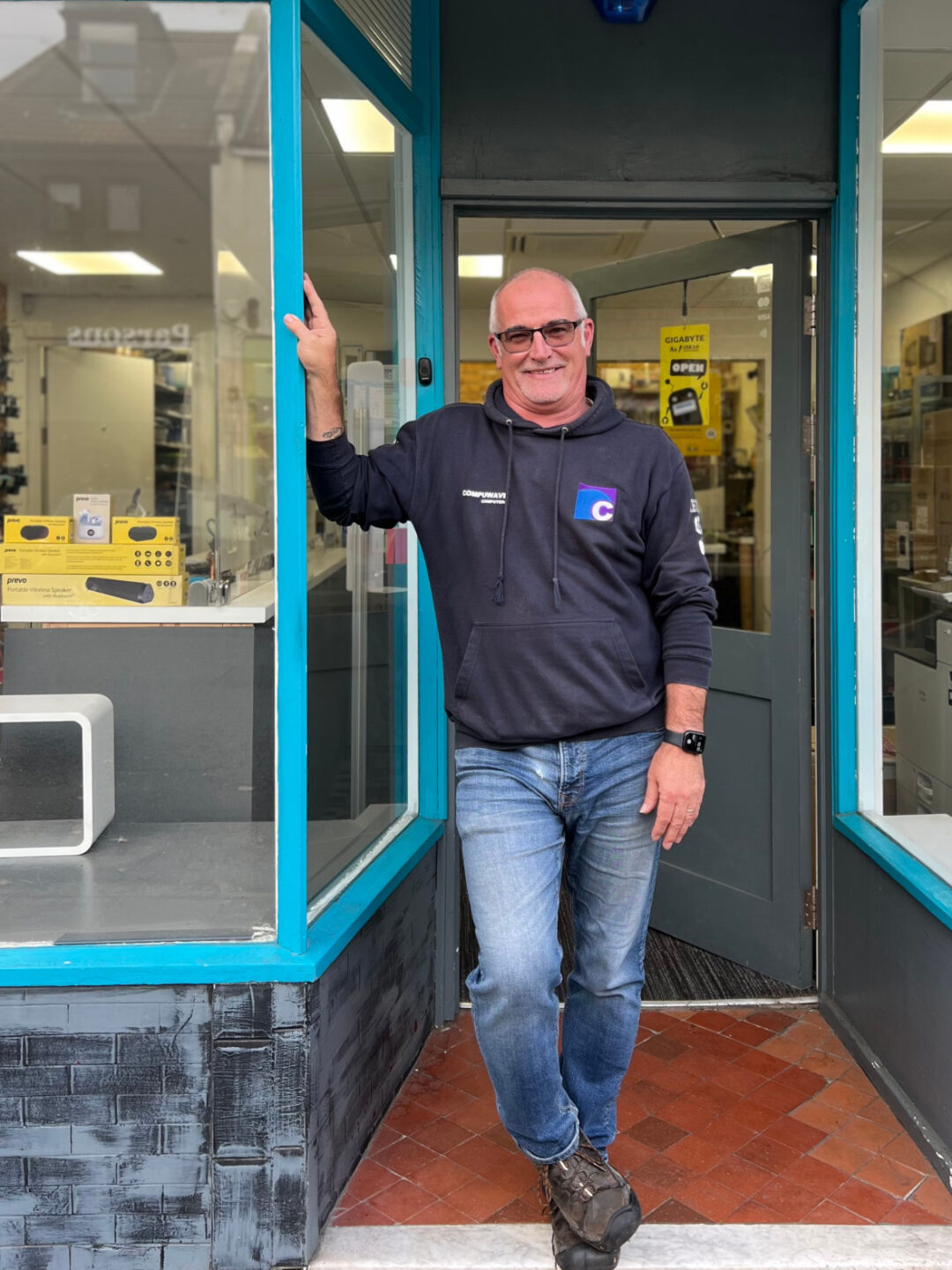
Around bustling North Street, the hot topic is – unsurprisingly – parking, and in particular, the uneven application of the RPZ. Residents, whether in it or not, say it is dysfunctional.
On the Ashton Gate side, some have long pushed for an extension to the RPZ. But Cath, stepping out of her car by the corner of Friezewood Road, disagrees. “We’ve got friends on the other side of North Street, who park their third car in our road,” she says. “But [extending the RPZ] will just move them further down – we need to scrap it.”
Over on Exeter Road, between the Spotted Cow and Tobacco Factory, we speak to Rosie, who argues for extending the hours covered by the RPZ, from 5pm to 9pm, for residential streets. “It’s better in the day, [but] impossible to find a space near my house in the evenings,” says Rosie, who has lived here 13 years and has caring responsibilities that demand she drives.
Rosie is sceptical about the SBLN aspiration to encourage people to use cars less, and concerned about potential actions such as shutting roads to through-traffic. “Closing Greville [Road, which is two-way and already has traffic-calming measures] and removing parking spaces would create a bigger problem of illegal or unsafe parking,” she says.
Back on the high street, Darren Baker says his “biggest bugbear is traders – estate agents mainly” parking all day on the stretch outside his Compuwave computer shop since ’no return’ restrictions on spaces were lifted. He adds that since Bristol’s clean air zone (CAZ) came into force in November 2022, banning polluting vehicles from the city centre, he has noticed heavier traffic – especially more lorries – on this section of North Street.
We don’t want to go straight to saying, ‘We know best, and we’re going to tell you exactly what your needs are’
Ed Plowden, Green councillor for Windmill Hill
The impact of the CAZ – which council data says has not pushed up pollution in neighbouring areas – also comes up further east, in Windmill Hill.
David, who lives on Dunkerry Road, says extra traffic down St John’s Lane has worsened longstanding rat-running problems through the area, which only has two access points. Drivers speed along 20mph streets, before popping out under the railway by Bedminster station. David says he would like to see planters sealing this exit, which in his view would have little impact on locals.
Elsewhere, including on Bedminster’s shopping heart, East Street, we hear from cyclists who would like more joined up infrastructure throughout South Bristol. Several people also say that any move to reduce traffic should be preceded by improvements to public transport, especially given recent cuts to bus services.
‘You need to be really clear with people’
While it’s easy to find strong opinions on what’s wrong during our swing through south Bristol, Rosie is the only interviewee who has contributed to the council’s consultation. Many others are unsure about what the SBLN is – or have not heard of it.
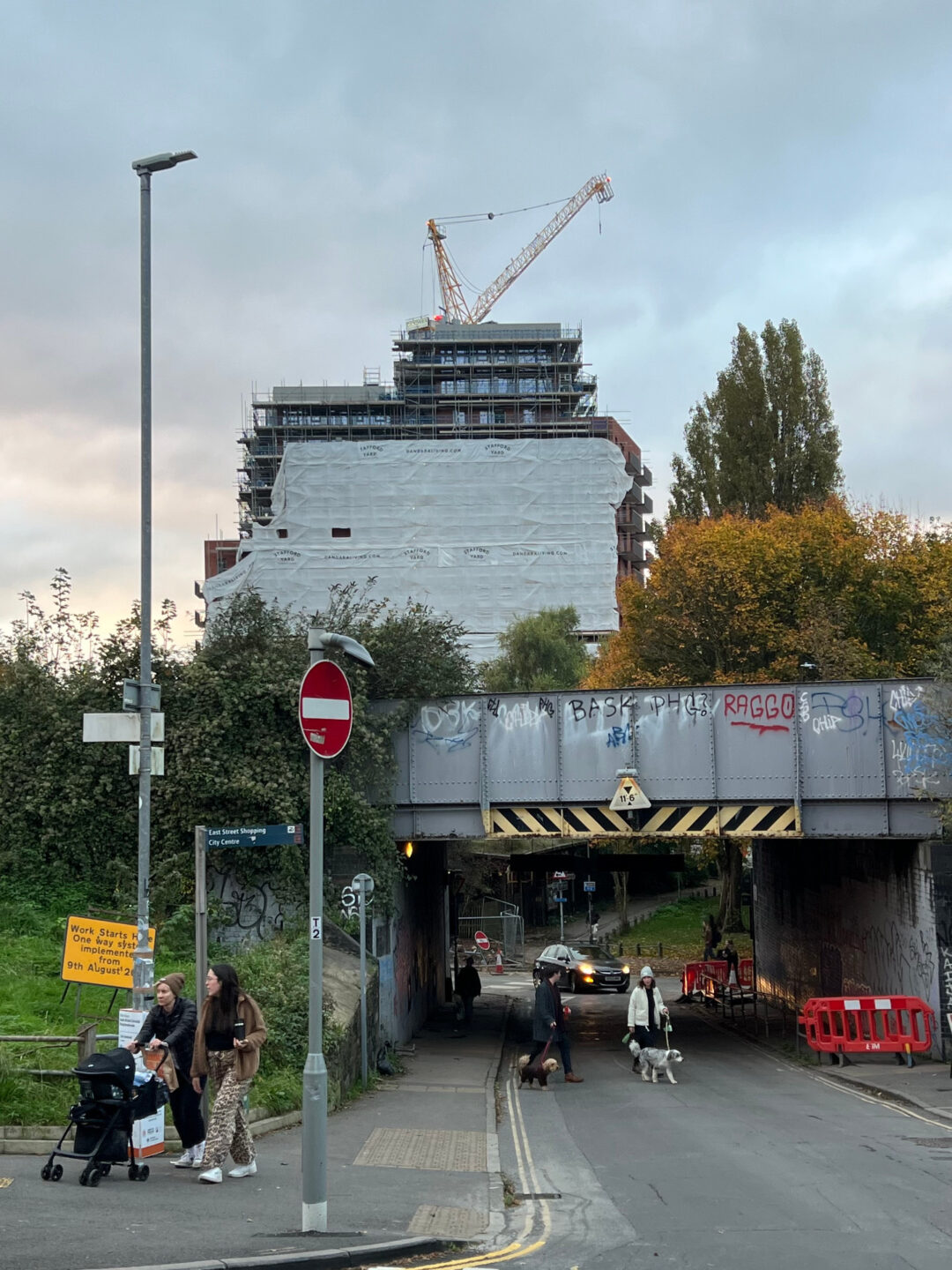
A key complaint in east Bristol – especially from the Somali community around Barton Hill – was around proposals’ alleged lack of clarity. Some residents said they believed they were being consulted on general improvements to their area, rather than on measures to restrict traffic.
When these arrived there was a backlash, with people dependent on driving jobs, or otherwise unable to use cars less, telling the Cable they felt targeted. This was then seized on by local and national groups that have campaigned against traffic-restricting measures, including the CAZ in Bristol, and London’s Ultra Low Emissions Zone (ULEZ).
“Face-to-face contact with people from diverse backgrounds, would, I think, massively have shifted things, particularly using people known within the Somali community to communicate,” says Rob Bryher, a former transport planner and campaigner who is now a Green councillor for St George West, which sits at one end of the EBLN. “That community had a strong view against this, and I don’t think that was necessary.”
In south Bristol, consultation has been done in partnership with community organisation Action Greater Bedminster (AGB). “We said to [officers] early on, you need to be really, really clear about what a liveable neighbourhood is and isn’t,” says Ellie Freeman, formerly the chair of AGB and now a Green councillor for Bedminster. “What is it we’re actually trying to achieve?”
An online tool, similar to one used in east Bristol, invited people to enter specific concerns and suggestions onto a map of the SBLN. This got more than 6,000 responses, from about 1,500 people.
Fifteen events were also held – including in places of worship, community centres and Bedminster Asda. Ruth Green, a BS3 resident of 25 years and AGB member, who project-managed local engagement, says feedback from the 600-plus attendees was “generally positive”, and appreciative that plans were not being pushed on them.
Green adds that it was decided ahead of time that paper maps should be provided at the events, so less online people could feed in the same as more connected peers.
“Some expected a done deal – proposals of changes to be shared,” she says. “They were pleased to learn sessions were about local engagement, capturing voices on both good and challenging issues, and all welcomed the opportunity to make suggestions.”
‘Letting air out of the balloon’
Ed Plowden, another Green councillor, for Windmill Hill, who also chairs the council’s transport committee, agrees testing the water has been the right approach.
“We don’t want to go straight to saying, ‘We know best, and we’re going to tell you exactly what your needs are,” says Plowden, a former transport planner. But he adds that he hopes the council will move more quickly to than it did in east Bristol, responding to feedback with options that residents can then work to refine.
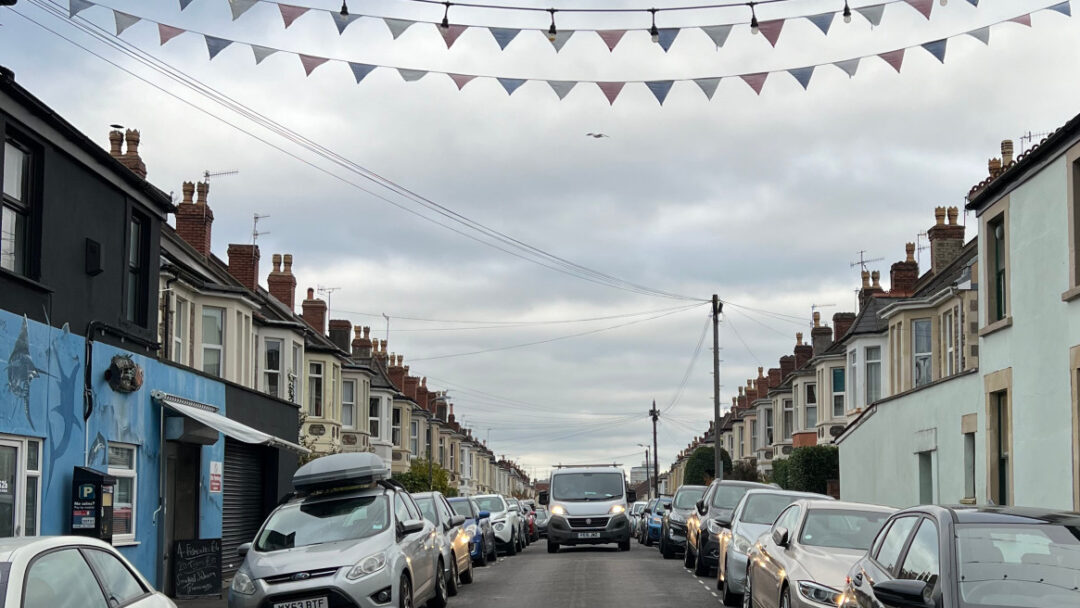
Plowden describes speaking to a “crowded” event at Bristol Jamia Mosque – in Totterdown, where rat-running is also a concern. “People accept something needs to be done, but they’re anxious [as to what it will be],” he says. “When you go specific and start talking about your actual proposals, that’s when [more] people will get engaged – it’s tangible then, isn’t it?” The aim is to get things “all done” by late 2026 or early 2027.
Emily Clarke, the last remaining Labour councillor within the SBLN, who represents Bedminster with Ellie Freeman, says it is “important the council [continues to] listen to the views of local residents when developing the plans for the area”.
“I’ve been clear that any proposals brought forward need to deal with the issue of matchday parking,” she says.
Matchday parking is one of the topics on people’s lips at an online briefing from council officers attended by the Cable at the end of October, focusing on Bedminster, at which a flavour of residents’ priorities starts to emerge.
Along with the RPZs, hundreds of people’s consultation responses also asked for safer crossings and junctions on major roads, measures to manage speeding, and wider, clearer pavements. Officers at the briefing highlighted different levels of intervention for different settings – ‘movement routes’, high streets and residential streets.
Whatever the end results look like, approaches will vary according to ongoing conversations with residents. But, according to Plowden, while there will be several individual schemes, the key to getting things right will be to plan their impact across the whole of the SBLN area.
“All the evidence is that you don’t just close the odd road here and there, because traffic flows around and finds another way through,” he says. “If you’re not careful, you’re just squeezing the balloon, pushing it somewhere else. With a big scheme, you can start letting the air out of the balloon.”
For more on this topic, read our article about the early reactions to the East Bristol Liveable Neighbourhood, answer our survey on it, and listen to the latest episode of Bristol Unpacked with Samira Musse, a community activist in Barton Hill, who is against the scheme.
Independent. Investigative. Indispensable.
Investigative journalism strengthens democracy – it’s a necessity, not a luxury.
The Cable is Bristol’s independent, investigative newsroom. Owned and steered by more than 2,600 members, we produce award-winning journalism that digs deep into what’s happening in Bristol.
We are on a mission to become sustainable, and to do that we need more members. Will you help us get there?
Join the Cable today

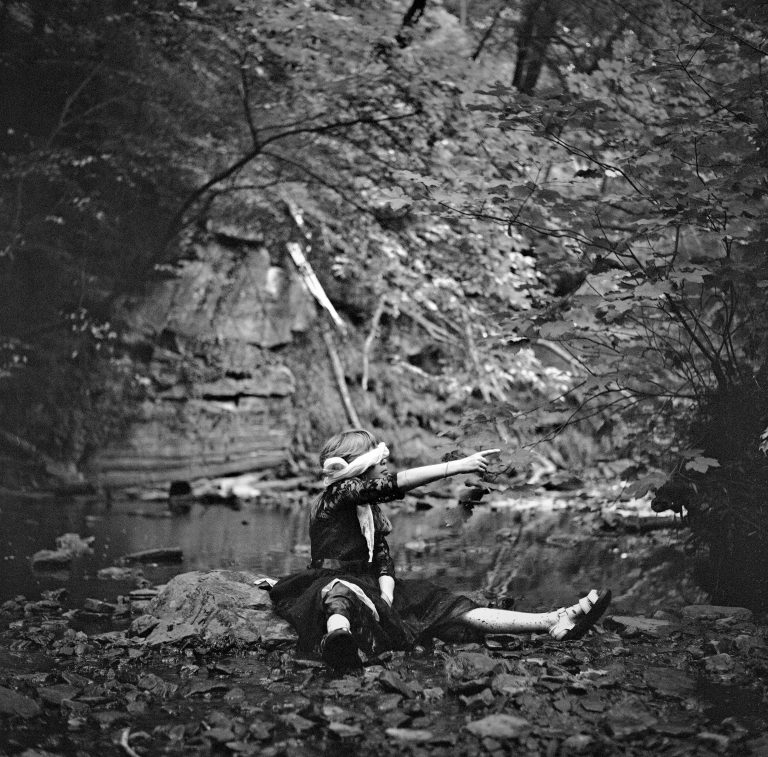
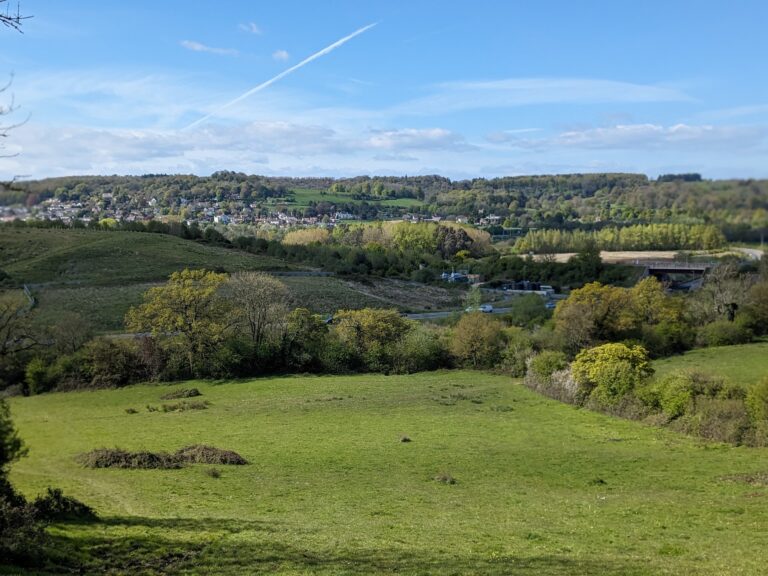

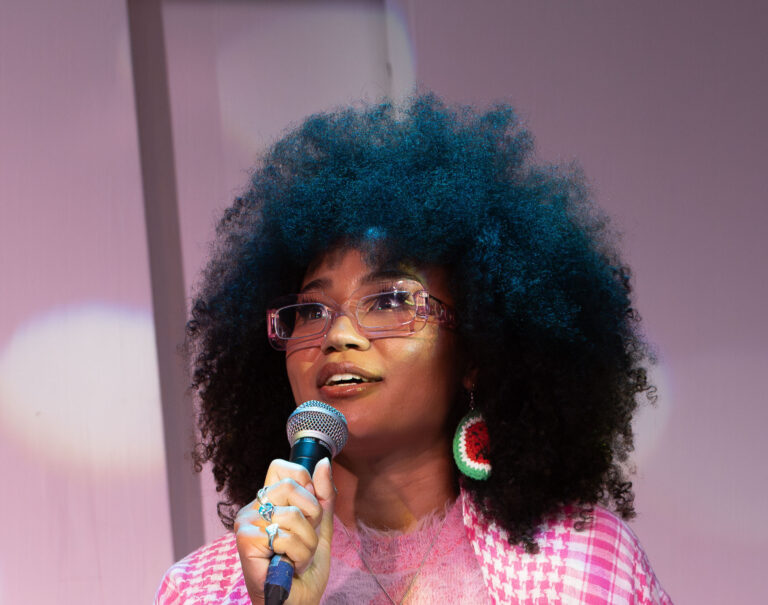



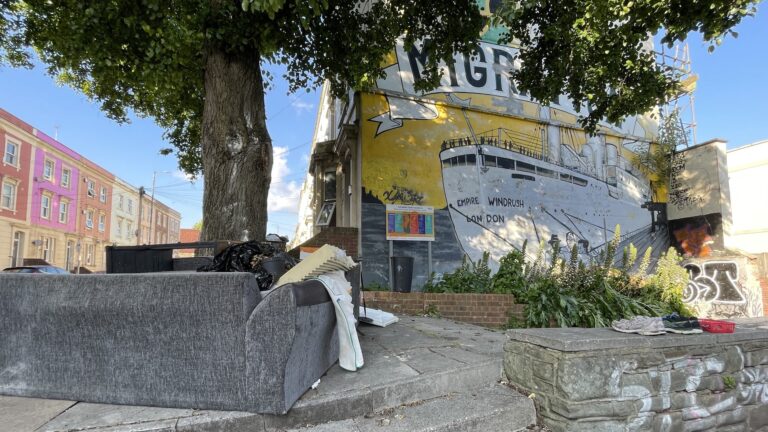
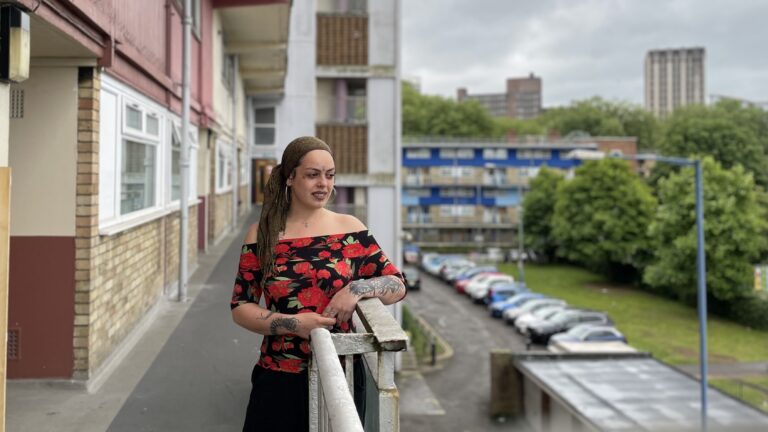

Report a comment. Comments are moderated according to our Comment Policy.
How about an efficient, affordable public transport system first ?
Would this not be the way to go if anything is to be learnt from the Barton Hill Liveable Neighborhood fiasco ?
Just see how much more congested Church Road has become.
“On the Ashton Gate side, some have long pushed for an extension to the RPZ. But Cath, stepping out of her car by the corner of Friezewood Road, disagrees. “We’ve got friends on the other side of North Street, who park their third car in our road,” she says. “But [extending the RPZ] will just move them further down – we need to scrap it.”
Maybe Cath’s friends should scrap their third car (what a ridiculous notion!) instead of scrapping the rpz…